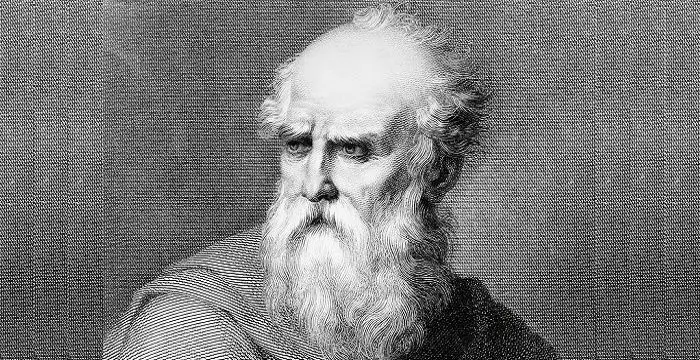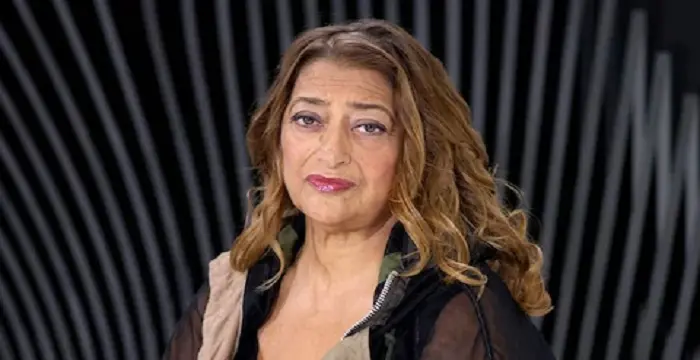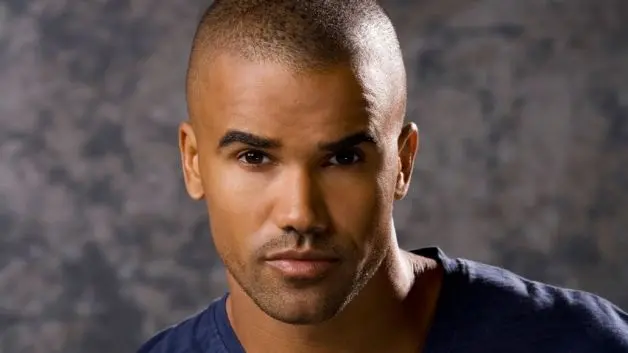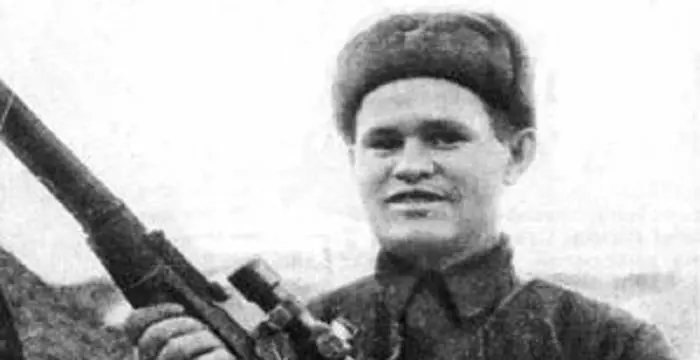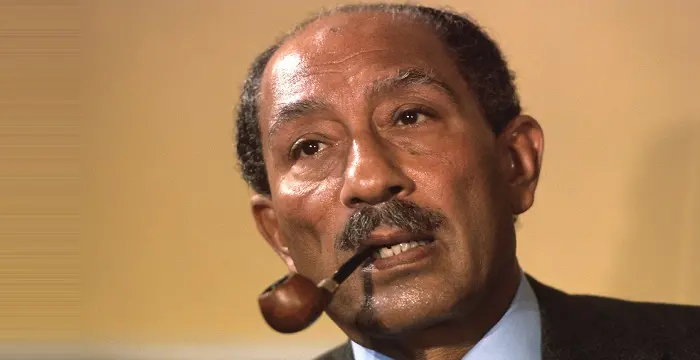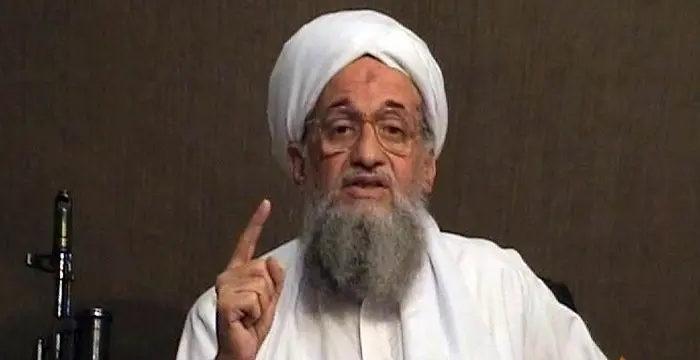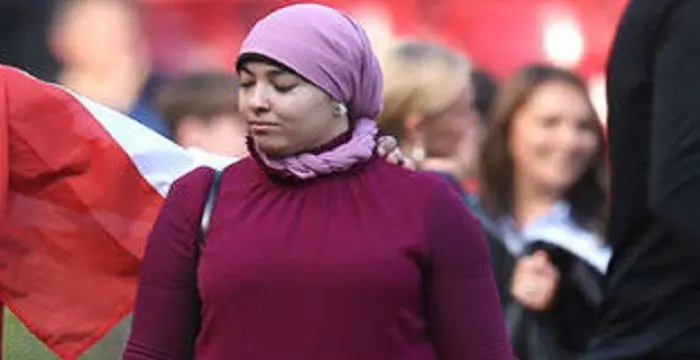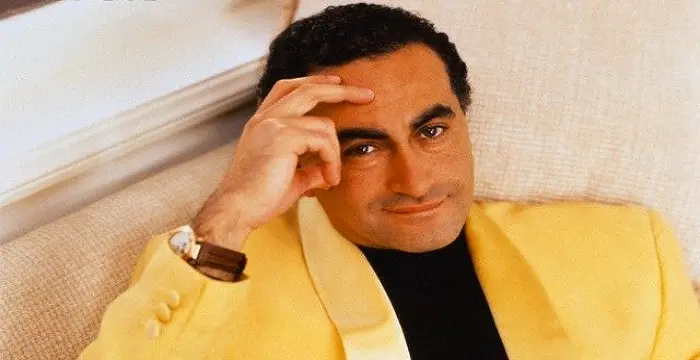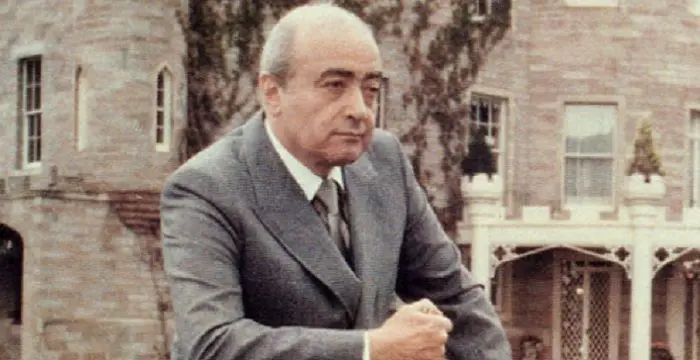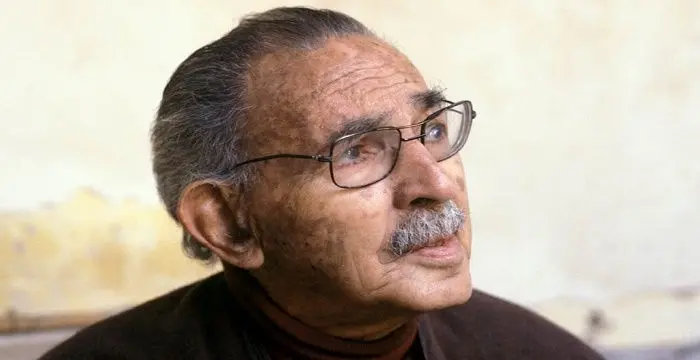
Hassan Fathy - Architects, Timeline and Family
Hassan Fathy's Personal Details
Hassan Fathy is Egypt’s most well-known architect since the famous Imhotep, the world’s earliest known designer
| Information | Detail |
|---|---|
| Birthday | March 23, 1900 |
| Died on | November 30, 1989 |
| Nationality | Egyptian |
| Famous | Humanitarian, Architects |
| Known as | Фатхи, Хасан |
| Universities |
|
| Birth Place | Alexandria |
| Gender | Male |
| Sun Sign | Aries |
| Born in | Alexandria |
| Famous as | Architect |
| Died at Age | 89 |
// Famous Architects
Vitruvius
Vitruvius was a Roman architect, author, and military engineer during the 1st century BC. Check out this biography to know about his childhood, family life, achievements and fun facts about his life.
Rudolf Steiner
Rudolf Steiner introduced groundbreaking ideas in realms of spirituality, art, education and agriculture. Check out this biography to know about his childhood, family life, achievements and other facts related to his life.
Zaha Hadid
The famous Iraqi-British architect Zaha Hadid is known for her designs of the ‘Rosenthal Center for Contemporary Art’ and ‘Heydar Aliyev Center’. To know more about her childhood, profile, career and timeline read on.
Hassan Fathy's photo
Who is Hassan Fathy?
Hassan Fathy is one of Egypt’s most well-known and revered architects. He was far ahead of the thinking of the times and was widely known for his ideas. He is one of the few architects who gained his fame not through flashy and complicated structures but through simple, cost-effective designs for the people. Most of his fellow architects did not share his notions and preferred more modern methods. Fathy was most interested in improving the standard of living of the less fortunate. He used traditional mud and brick to build housing units in contrast to modern concrete and steel. Not only is this much more cost-effective but it also highlights one of his main ideas that people in the past knew how to build much better than the kind of destructive construction modern architects use. He was dedicated to creating housing units which were individualistic, sustainable, affordable, and a huge improvement for the lower class. Another significant factor in his work was creating designs that took Mother Nature and her wrath into consideration. For example, he created beautiful courtyards which provided passive cooling by focusing it around the north westerly winds. His ideas greatly contrasted most architects of the time but today his ideas are highly respected.
// Famous Humanitarian
Joyce Meyer
Joyce Meyer is a Christian author and speaker. This biography provides detailed information about her childhood, life, achievements, works & timeline
Swami Vivekananda
Swami Vivekananda was the chief disciple of Sri Ramakrishna, and was responsible for awakening India spiritually. Check this biography to know in detail about his life, profile and timeline.
Nicole Kidman
Nicole Kidman is one of the most talented actors that the Hollywood film industry can boast of. Browse through this biography to get detailed information regarding her life, childhood, profile & timeline
Childhood & Early Life
On March 23, 1900 this prolific architect was born in Alexandria, Egypt. His family was quite wealthy and as a child he loved painting and drawing.
In 1908, his family moved to Cairo. His childhood love for drawing followed him into young adulthood, and his talent allowed him to be accepted into ‘King Fuad University’ now known as the ‘Cairo University’, to study architecture.
In 1926, he graduated with a focus on engineering and architecture. The same year he landed his first significant job as an engineer in the ‘General Administration of Schools’.
Career
From 1930 to 1946, he worked as a professor at the ‘Faculty of Fine Arts’. During his early time as professor, he was enlisted to build a school at Talkha.
In 1946, Egypt’s Antiquities Department hired him to build the ‘New Gourna Village’. He used traditional brick and mud to build with and enlisted the villagers to build their future homes. He was extremely successful in creating buildings that were sustainable and affordable.
In 1949, he was appointed to be the ‘Director of the Educational Buildings Department’ of the ‘Ministry of Education’. His time here highlighted the differences between his architectural style and modernist trends.
He became the ‘Head of the Architecture Department’ at the ‘Faculty of Fine Arts’, in 1953. During this time, he completed multiple projects including the ‘Alexandria Resthouse’, the ‘Muhammad Musa Villa’, the ‘Harraniya Weaving Village’, and the ‘Fares School’.
In 1959, he temporarily left Egypt and worked for the ‘Doxiadis Organization’ in Greece. He worked on major projects in Iraq and Pakistan advocating his traditional designs which were much more congruent with nature.
In 1963, he returned to Egypt and began his work involving public speaking and public consulting. His main mission was to promote his ideas involving architecture in contrast to the expensive modern approach.
In 1969, he published the book ‘Architecture for the Poor’ describing his experiences with the building of the village of New Gourna. He highlighted his contrasting architectural view and demonstrated the effectiveness of building with mud bricks rather than modern concrete and steel.
In 1976, he participated in the U.N. Habitat conference in Vancouver, Canada. This led to his serving on the committee for the ‘Aga Khan Award for Architecture’ and holding several government positions in Cairo until he passed away.
Major Works
In the late 1930s, he completed his first project design, the village of new Gourna. The village was built to resettle the tomb robbers that had settled in the ‘Valley of the Kings’ and ‘Valley of the Queens’.
His visions were rattled with economic issues, but his design earned him international acclaim as he appeared in British professional journals, a British weekly, and praised by Spanish, French, and Dutch professionals as well. This opened up doors for him and launched his career forward.
Awards & Achievements
In 1980, the ‘International Balzan Prize’ foundation awarded him with the ‘Balzan Prize’ for his outstanding achievements in the field of architecture. This prize is generally awarded for innovative ideas which promote humanities, the natural sciences, and peace endeavors.
In 1980, the honor of the ‘Right Livelihood Award’, commonly known as an alternative Nobel Prize, was bestowed upon Fathy. This international award is given to support those who appear to have answers to the challenges of the time. He was the first to receive this award, which continues to honor today’s bright minds.
Personal Life & Legacy
He married his loving spouse Aziza Hassanein. Though the couple did not have any children of their own, his nephews and nieces were sure to preserve the legacy of their uncle.
Fathy’s most significant contribution to architecture was his concerns with the problems of the poor in contrast to modern architects. Modern architecture called for mass housing and the use of expensive material compared to his love for the more traditional and economical mud. His ideas may not have coincided with the times, but today they are greatly respected.
This great humanitarian passed away at 89 years old on November 30, 1989. He died peacefully in his home.
// Famous Aries Celebrities peoples
Skai Jackson
Skai Jackson is an American child actress with huge fan following. Find more about her family & personal life, relationships, facts and more.
Shemar Moore
Shemar Moore is a model turned actor best known for his role in the television series ‘The Young and the Restless’. This biography of Shemar Moore provides detailed information about his childhood, life, achievements, works & timeline.
Vasily Zaytsev
Vasily Zatysev was a Russian sniper who served during the World War II. Check out this biography to know about his childhood, family life, achievements and fun facts about him.
Hassan Fathy biography timelines
- // 23rd Mar 1900On March 23, 1900 this prolific architect was born in Alexandria, Egypt. His family was quite wealthy and as a child he loved painting and drawing.
- // 1908In 1908, his family moved to Cairo. His childhood love for drawing followed him into young adulthood, and his talent allowed him to be accepted into ‘King Fuad University’ now known as the ‘Cairo University’, to study architecture.
- // 1926In 1926, he graduated with a focus on engineering and architecture. The same year he landed his first significant job as an engineer in the ‘General Administration of Schools’.
- // 1930 To 1946From 1930 to 1946, he worked as a professor at the ‘Faculty of Fine Arts’. During his early time as professor, he was enlisted to build a school at Talkha.
- // 1946In 1946, Egypt’s Antiquities Department hired him to build the ‘New Gourna Village’. He used traditional brick and mud to build with and enlisted the villagers to build their future homes. He was extremely successful in creating buildings that were sustainable and affordable.
- // 1949In 1949, he was appointed to be the ‘Director of the Educational Buildings Department’ of the ‘Ministry of Education’. His time here highlighted the differences between his architectural style and modernist trends.
- // 1953He became the ‘Head of the Architecture Department’ at the ‘Faculty of Fine Arts’, in 1953. During this time, he completed multiple projects including the ‘Alexandria Resthouse’, the ‘Muhammad Musa Villa’, the ‘Harraniya Weaving Village’, and the ‘Fares School’.
- // 1959In 1959, he temporarily left Egypt and worked for the ‘Doxiadis Organization’ in Greece. He worked on major projects in Iraq and Pakistan advocating his traditional designs which were much more congruent with nature.
- // 1963In 1963, he returned to Egypt and began his work involving public speaking and public consulting. His main mission was to promote his ideas involving architecture in contrast to the expensive modern approach.
- // 1969In 1969, he published the book ‘Architecture for the Poor’ describing his experiences with the building of the village of New Gourna. He highlighted his contrasting architectural view and demonstrated the effectiveness of building with mud bricks rather than modern concrete and steel.
- // 1976In 1976, he participated in the U.N. Habitat conference in Vancouver, Canada. This led to his serving on the committee for the ‘Aga Khan Award for Architecture’ and holding several government positions in Cairo until he passed away.
- // 1980In 1980, the ‘International Balzan Prize’ foundation awarded him with the ‘Balzan Prize’ for his outstanding achievements in the field of architecture. This prize is generally awarded for innovative ideas which promote humanities, the natural sciences, and peace endeavors.
- // 1980In 1980, the honor of the ‘Right Livelihood Award’, commonly known as an alternative Nobel Prize, was bestowed upon Fathy. This international award is given to support those who appear to have answers to the challenges of the time. He was the first to receive this award, which continues to honor today’s bright minds.
- // 30th Nov 1989This great humanitarian passed away at 89 years old on November 30, 1989. He died peacefully in his home.
// Famous Egyptian peoples
Anwar Sadat
Anwar Sadat was the third President of Egypt and has been awarded the Nobel Prize for his peace initiatives. To know more about his childhood, career, profile and timeline read on the following biography.
Ayman al-Zawahiri
Ayman Mohammed Rabie al-Zawahiri is the current leader of terrorist group al-Qaeda. This biography profiles his childhood, family, personal life, terror activities, and other facts.
Mohamed Salah
Mohamed Salah is an Egyptian footballer. This biography profiles his childhood, family, personal life, football career, etc.
Magi Salah
Magi Salah is the wife of star footballer Mohamed Salah. Check out this biography to know about her childhood, family, personal life, etc.
Dodi Fayed
Dodi Fayed was an Egyptian heir and a film producer. Check out this biography to know about his childhood, family life, and fun facts about him.
Mohamed Al-Fayed
Mohamed Al-Fayed is an Egyptian businessman who owns The Hotel Ritz. This biography of Mohamed Al-Fayed provides detailed information about his childhood, life, achievements, works & timeline.
Hassan Fathy's FAQ
What is Hassan Fathy birthday?
Hassan Fathy was born at 1900-03-23
When was Hassan Fathy died?
Hassan Fathy was died at 1989-11-30
Where was Hassan Fathy died?
Hassan Fathy was died in Cairo
Which age was Hassan Fathy died?
Hassan Fathy was died at age 89
Where is Hassan Fathy's birth place?
Hassan Fathy was born in Alexandria
What is Hassan Fathy nationalities?
Hassan Fathy's nationalities is Egyptian
What was Hassan Fathy universities?
Hassan Fathy studied at Cairo University
What is Hassan Fathy's sun sign?
Hassan Fathy is Aries
How famous is Hassan Fathy?
Hassan Fathy is famouse as Architect
